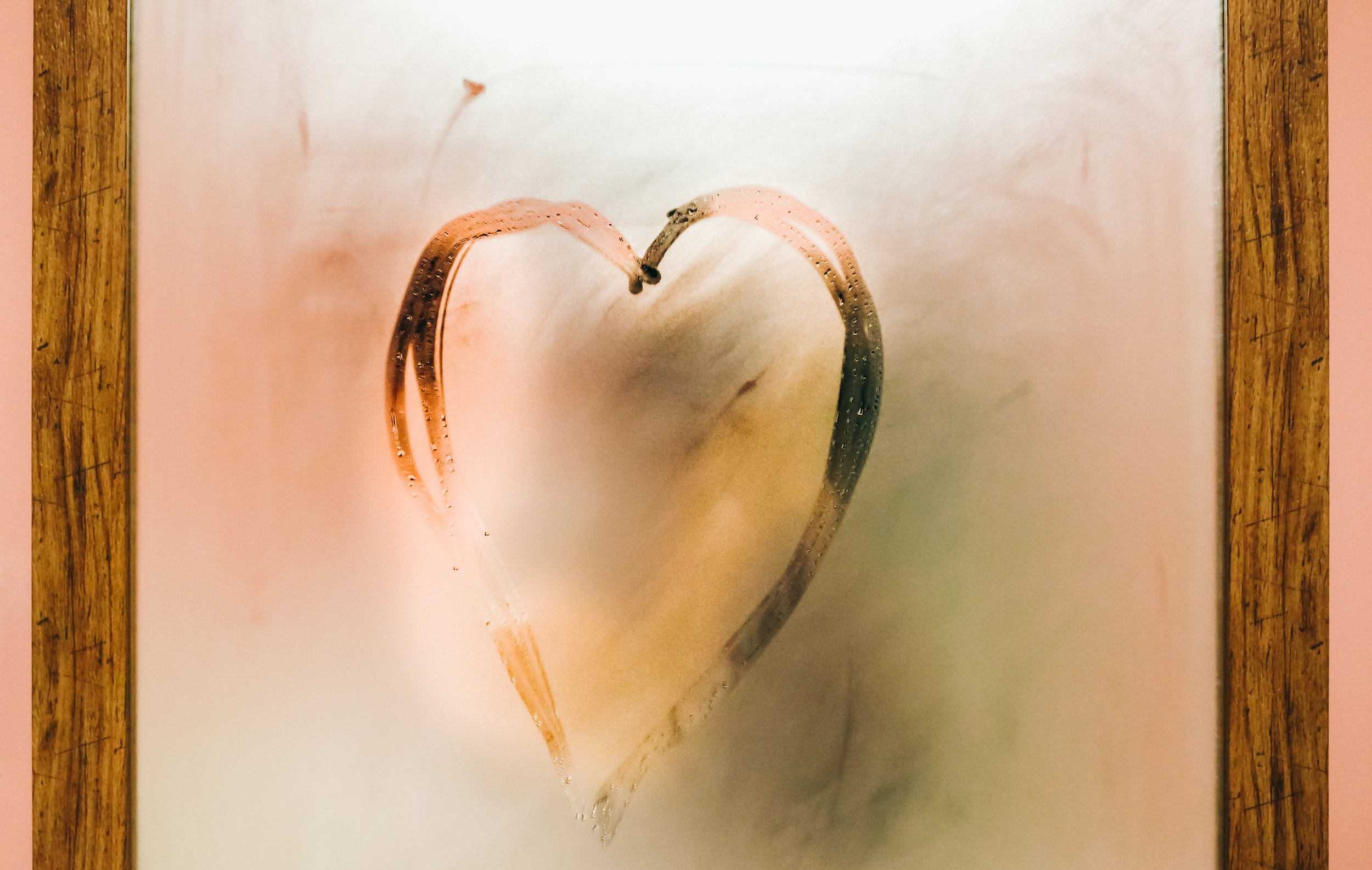STEAM VS HEAT FOR YOUR NEXT DEEP CONDITIONING SESSION
When it comes to strong healthy hair, on the list of maintenance dos and don’ts, regular conditioning would be at the top of most accurate lists. First of all, you may ask what exactly does “conditioning” your hair mean? Well technically, any conditioner whether an instant conditioner (usually recommended to be left on after a shampoo for 3-5 minutes) or a deep conditioner (recommended to be left on for 15 minutes upward) should be working to improve the condition of your hair by adding shine, smoothing frizzy ends, combating dryness and excessive breakage.
In regards to the topic of STEAM vs HEAT for your next hair conditioning session, we are speaking of a way to optimize the effects of your hot oil treatment and intensive conditioner aka deep conditioner. Applying STEAM or HEAT to your hair with your Deep Conditioner can be more beneficial than you may have thought. Though each method helps to promote deeper penetration of your product, in addition to the heat generated during a steam session, steaming also uses the absolute best moisturizer around: WATER. (distilled/filtered water is best if you live in areas with hard water) The use of a plastic cap to retain heat while sitting under a hairdryer to deep condition is usually recommended, while steaming requires no bag or cap and can be just as beneficial since the heat/steam combination work together to allow moisture to penetrate deeply into the hair shaft helping to heal damaged hair and remedy brittleness. Unlike the hairdryer method, It should be noted that the use of a deep conditioning product or hot oil treatment during a steam session is definitely not required to lift the cuticle and add moisture to your hair, but it most definitely optimizes the benefit of your deep conditioning product with noticeable results.
Personally, steaming has allowed my hair to thrive by helping to retain moisture, stimulate growth all while increasing softness and elasticity. I will add that my highly porous hair loves both methods and I am able to reduce the risk of hygral fatigue (mushy, over-conditioned hair) by alternating between the two, ultimately landing at a happy medium that keeps my fine, porous tresses happy. Being diligent in doing some form of conditioning treatment after every shampoo is mandatory for healthy hair however, if you want to kick your conditioning game up a notch, I would suggest getting to know your hair type and porosity level (check out our blog post on HAIR POROSITY AND WHY IT MATTERS) and then to try both methods and develop a regimen using the method (or combination of methods) that suits you best. Till next time, smooches.

